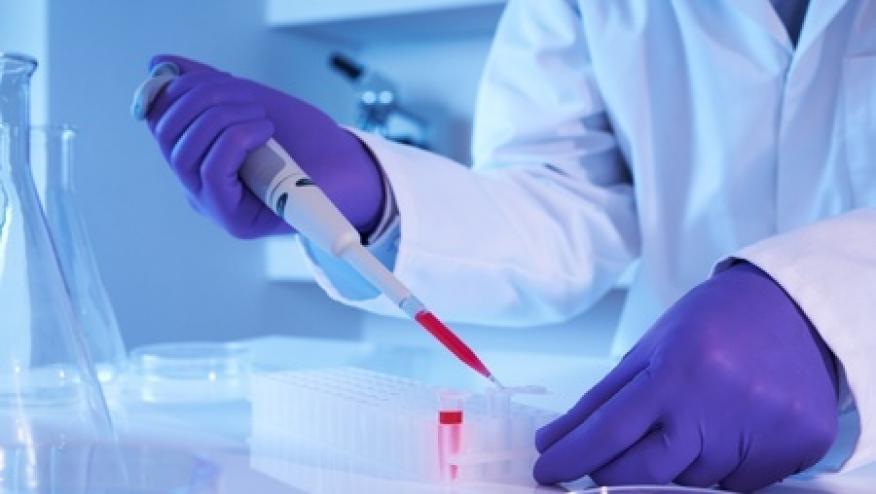Selective Use of HLA-B*5801 Testing in Gout Save

The current edition of JAMA Internal Medicine describes an Asian gout patient who presents with an allopurinol hypersensitivity reaction that could have been diagnosed by testing for HLA-B*5801.
The patient was an elderly Asian male with chronic stage 3 kidney disease, gout, and hypertension. He was prescibed allopurinol (300 mg daily) and colchicine, 0.6 mg daily for acute gout attacks and then a month later presented with acute fever of 102.3°F, myalgia, maculopapular rash over the trunk and arms and laboratory evidence of leukopenia, mild eosinophilia and elevated hepatic enzymes (ALT 308 U/L and AST 248 U/L).
Drug rash with eosinophilia and systemic symptoms (DRESS) was suspected and allopurinol was discontinued; testing was positive for HLA-B*5801. He had a complicated course requiring more than 2 months in the hospital.
The allopurinol hypersensitivity syndrome is rare (1 in 1000) and manifests with severe cutaneous reactions that may present as DRESS, Stevens-Johnson syndrome, toxic epidermal necrolysis, etc.
While HLA-B*5801 is found in 6-12% of certain Asian populations, it is very uncommon in whites (<1.0%) and less common in African Americans (3.8). Thus it is not commonly recommended in these patient groups.
HLA-B*5801 is very prevalent in the Han Chinese, Thai, and Korean people. In this instance, predictive association between this allele and allopurinol hypersensitivity is very high (Hazard Ration ~ 100) suggesting its testing would be appropriate prior to prescribing allopurinol in certain asian populations. Finding HLA-B*5801 positivity is an indication for urate lowering therapy other than allopurinol.








If you are a health practitioner, you may Login/Register to comment.
Due to the nature of these comment forums, only health practitioners are allowed to comment at this time.